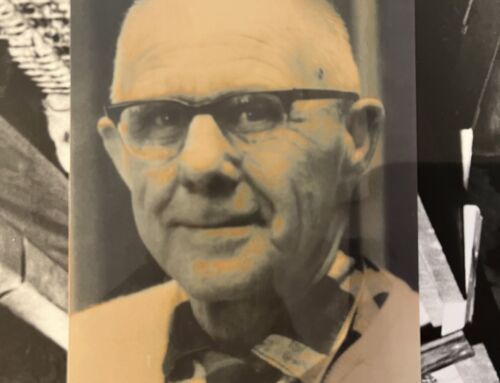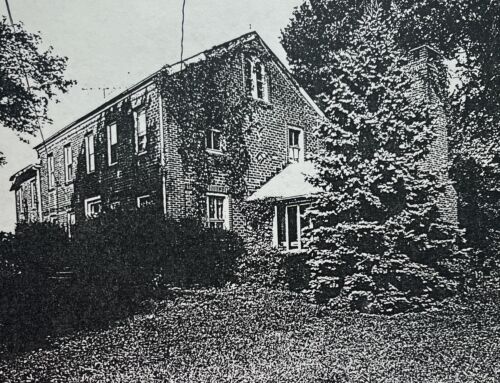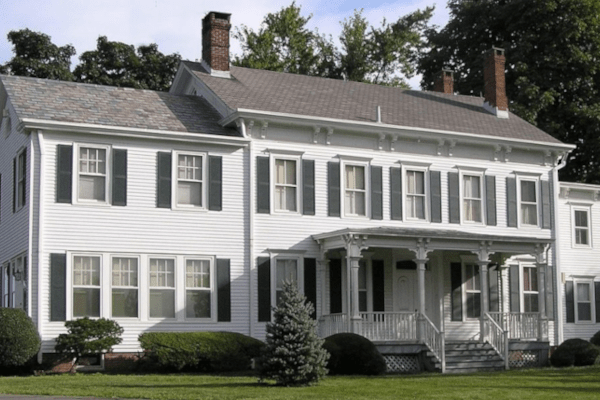The 1982 Scudders Mill Road Bypass Archaeological Dig Reveals Lenni-Lenape Homes in Plainsboro
An archaeological dig in the spring 1982 during improvements to Route 1 at Scudders Mill Road uncovered more than 25,000 items left behind by the indigenous Lenni-Lenape population. In some areas of dense concentration, up to fifty-five objects per cubic foot were discovered. In these areas of intense occupation, a variety of artifacts were found including stone tools, projectile points, fire pits, fire-cracked rock, small bits of charcoal and charred hickory nuts. Carbonized deposits even included pieces of charred firewood with the wood grain still visible. These carbonized items were discovered on what archaeologists interpreted as being on the floor of a home. In one place, a rock-filled depression lined with quartzite pebbles indicated the location of a small cooking pit.
Archaeologists were able to map out a series of “post-molds” to mark the location of six or seven structures. Post-molds are what remains when wooden posts embedded into the ground decay over time. The circular marks stand out in contrast to the surrounding soil, allowing archaeologists to take measurements between post-molds to estimate the size and shape of prehistoric structures. Carbon-14 testing on organic matter revealed that the Lenape village on this site dated back to at least 1700 B.C.E. Before the area was bull-dozed to construct the Scudders Mill bypass, archaeologists photographed the site as well as collected and cataloged artifacts which were sent to the State Museum in Trenton.
The Scudders Mill bypass site provided important cultural information dating from the Late Archaic period to the beginning of the Early Woodland period, spanning from about 3500 to 1500 B.C.E. The location of the post-molds provided an outline for oval structures about 25 feet long and from 14 – 17 feet wide. Three structures overlapped indicating that older buildings were torn down and new buildings were constructed on the same site, indicating that the indigenous people lived in this location for an extended period of time. The settlement was situated near the Millstone River which would have provided the indigenous inhabitants with valuable natural resources such as an abundant supply of food, easily accessible fresh water and convenient transportation along an important trade route between Raritan Bay and the Delaware River. As it is today, Plainsboro’s central location between New Brunswick and Trenton has made this area a desirable place to live for thousands of years.
Things to think about: Imagine what it might have been like to live in a house heated by a fire pit? Think about how food would have been cooked, how a family would keep warm during the winter and how people worked to collect firewood. Have you ever been camping and cooked over an open fire? Maybe your family has cooked with a BBQ grill or you have a fireplace in your home. What are the advantages and challenges of using an open fire for heating and cooking.










